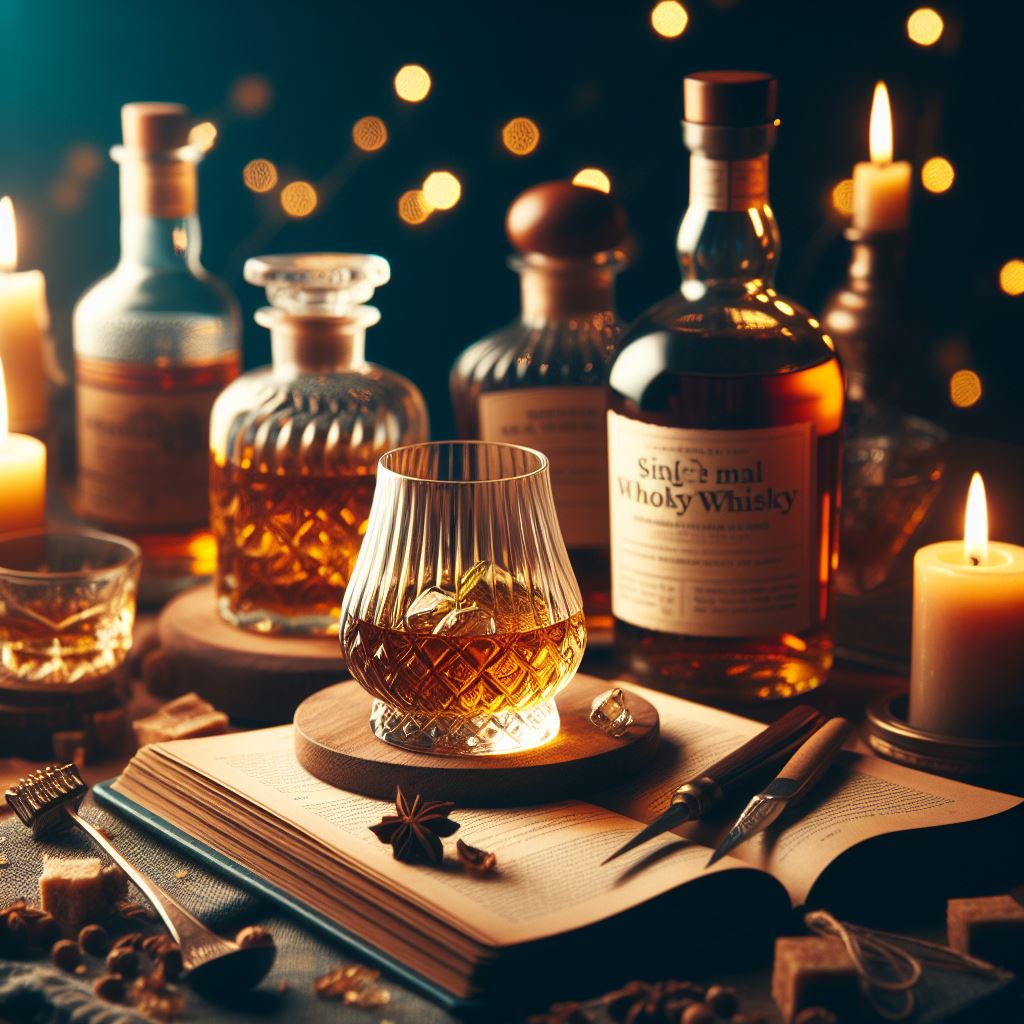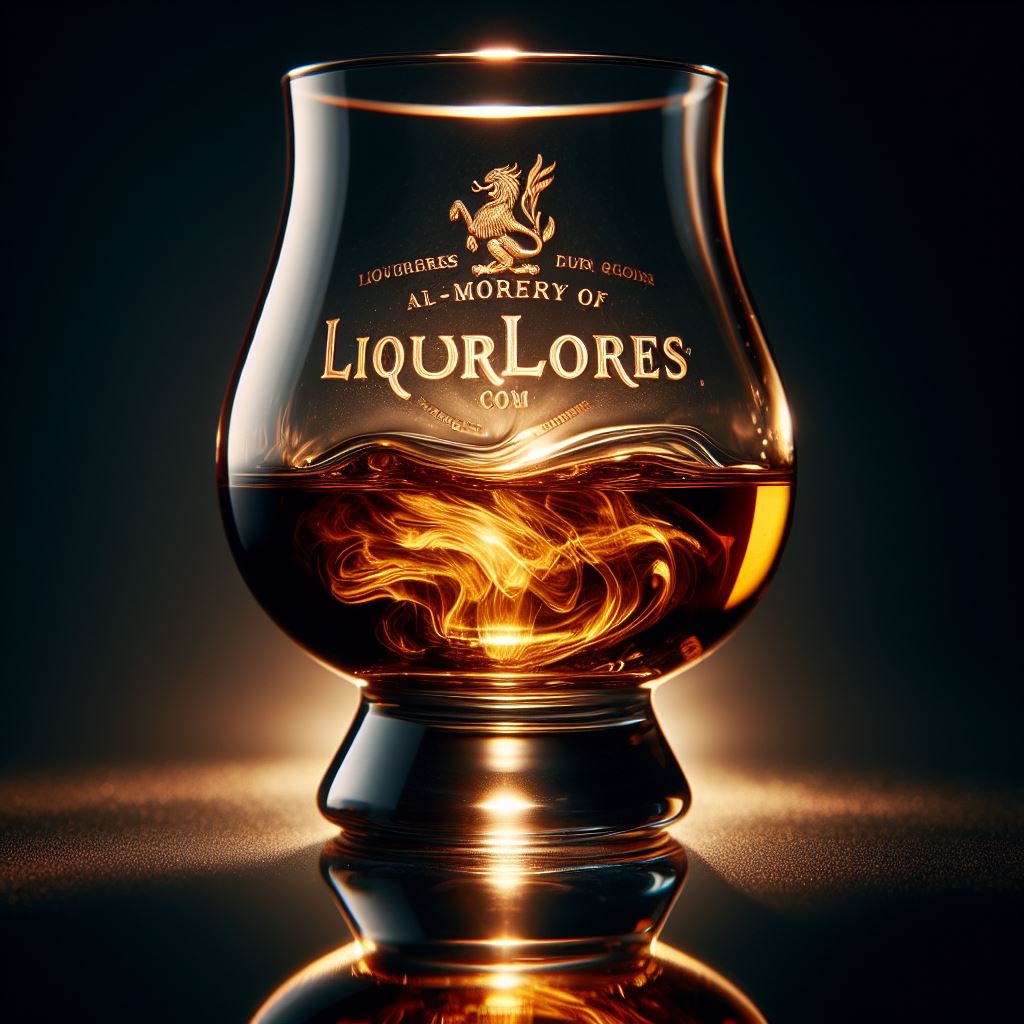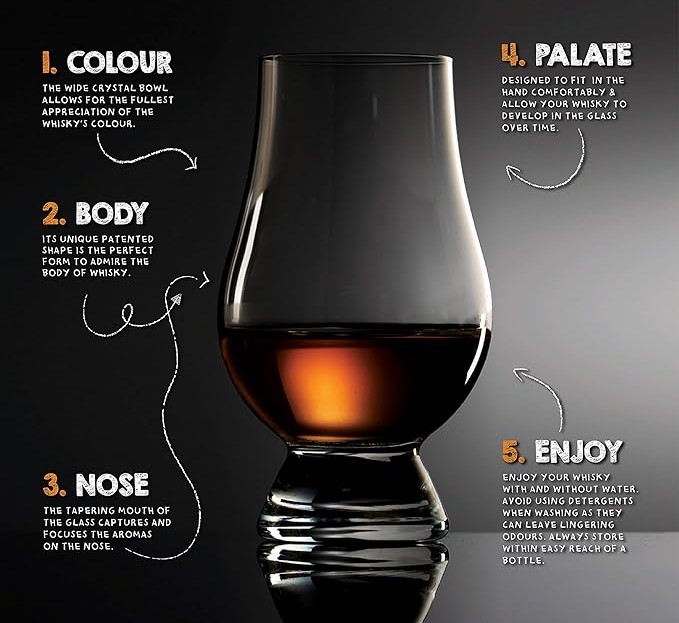
Table of Contents
Single malt whisky represents a pinnacle of distilled spirit craftsmanship, cherished by connoisseurs and casual drinkers alike for its rich complexity and diverse flavor profiles. Understanding what single malts are, how they are produced, and how best to enjoy them can elevate your appreciation of this storied beverage. Let’s embark on a journey into the world of single malts, exploring their production, varieties, regional characteristics, and more.
What Are Single Malts?
Single malt whisky is a type of whisky made from a single batch of malted grain, distilled at one distillery, using pot stills. Unlike blended whiskies, which combine malt and grain whiskies from multiple distilleries, single malts are a pure expression of the distiller’s art and the unique characteristics of their locale.
Production Process
The production of single malt whisky is a meticulous process involving several key steps:
Malting
Barley is soaked in water, then spread out to germinate. This converts the starches to sugars.
Mashing
The malted barley is ground into grist, mixed with hot water in a mash tun, converting more starches into fermentable sugars.
Fermentation
The sugary liquid, now called wort, is cooled and transferred to washbacks, where yeast is added. Fermentation converts the sugars into alcohol, producing a beer-like liquid known as wash.
Distillation
The wash is distilled twice in copper pot stills, concentrating the alcohol and refining the flavors.
Aging
The distilled spirit is aged in oak barrels, where it develops its distinctive flavors and golden color.
The Grain Used
The primary grain used in single malt whisky is malted barley. The quality of the barley, the water source, and the malting process itself all significantly influence the final flavor of the whisky.
Types and Flavor Profiles
Single malt whiskies come in a vast array of types and flavor profiles, often categorized by their region of production. Here’s a glimpse into some prominent types:
Speyside
Known for their sweetness and elegance, with notes of apple, pear, honey, and spice.
Islay
Famous for their peaty, smoky character, often with hints of seaweed, brine, and iodine.
Highland
Offers a wide range of flavors from floral and fruity to peaty and smoky, depending on the area of the region.
Lowland
Generally lighter and gentler, with grassy, floral notes.
Know more about single malt whisky producing regions, what they produce and how are they named, read it here Scotland’s Whisky Regions: A Connoisseur’s Guide (liquorlores.com)
Prominent Regions
While Scotland is the heartland of single malt whisky, other regions around the world have also gained reputations for exceptional single malts, including Japan, the United States (notably Tennessee and Kentucky), and India.
How to Drink It
Enjoying single malt whisky is a personal experience, and there’s no wrong way to do it. However, purists prefer it neat or with a drop of water to open up the flavors. When pairing with food, single malts go well with smoked salmon, dark chocolate, and robust cheeses.
The Ideal Glass
The Glencairn glass, with its wide bowl and tapered mouth, is specifically designed to enhance the single malt tasting experience. Its shape helps concentrate the aromas, offering a richer olfactory experience.
If you don’t have a Glencairn glass (buy it here on Amazon), or, any whisky drinking glass will do.
Entry and High-End Recommendations
Good Entry-Level Single Malts
- Glenfiddich 12-Year-Old: A classic Speyside, with notes of pear and apple.
- Talisker 10-Year-Old: A taste of the Isle of Skye, with peaty smokiness and a hint of sea salt.
Good High-End Single Malts:
- Macallan Sherry Oak 18-Year-Old: Rich and complex, with dried fruit and chocolate notes.
- Lagavulin 16-Year-Old: Intensely peaty and smoky, from the Isle of Islay.
How to Store Your Single Malt
To preserve the quality of your single malt, store the bottle upright in a cool, dark place, away from direct sunlight and temperature fluctuations. Opened bottles should be consumed within a few years to enjoy their flavors at their best.
Single malt whisky is more than just a drink; it’s a journey through history, culture, and craftsmanship. By understanding its nuances and learning how to appreciate its flavors, you can unlock a world of sensory delights that transcend the ordinary. Cheers to your exploration of single malt whiskies!
How useful was this post?
Click on a star to rate it!
Average rating 0 / 5. Vote count: 0
No votes so far! Be the first to rate this post.



Pingback: Single Malt vs. Blended Scotch Whisky: Understanding the Differences - Liquor Lores